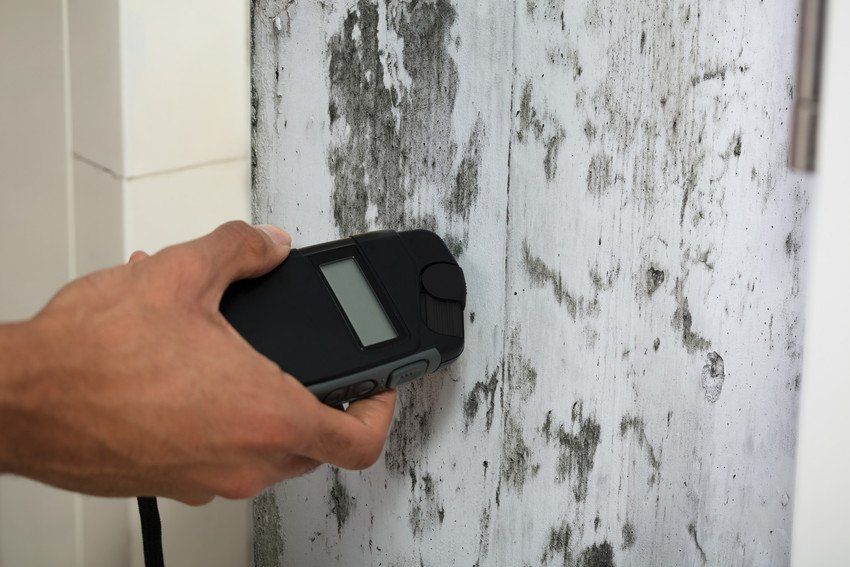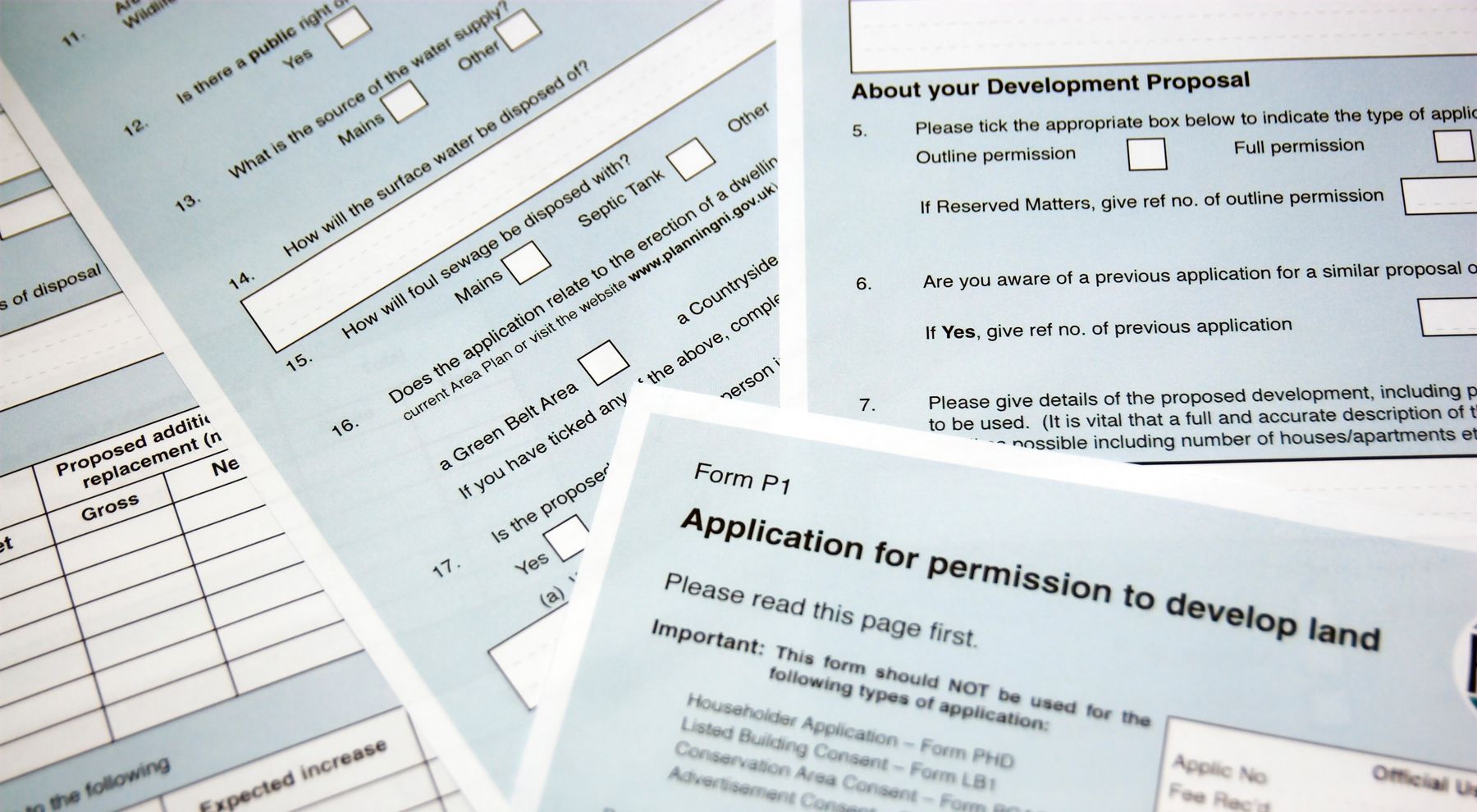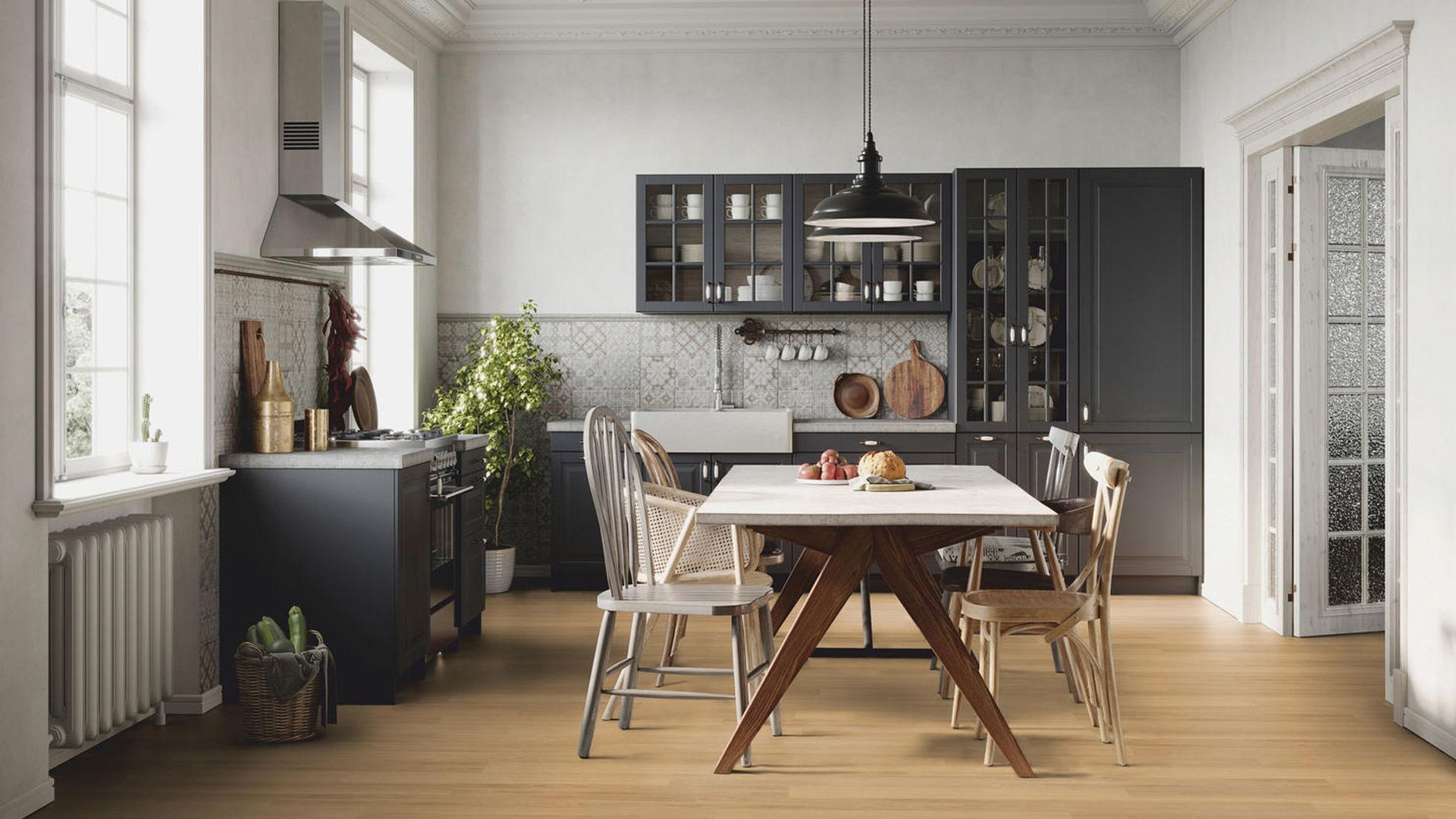A Guide To Indoor Mould Varieties & Their Harmful Effects

There’s nothing worse than moving aside a living room curtain, opening a bathroom cupboard, or cleaning beneath a sink and discovering an established mould infestation. These can flourish under damp and cold conditions, causing long term damage both to your property and to your health.
It is likely that a serious mould problem will be picked up on by a professional building surveyor, which could impact the value of your house and your ability to sell. As such, it is important to be able to identify which type of mould you’re dealing with, so that you understand the risks and can proceed with the clean-up operation.
Read on for a look at the most common mould types, with an overview of the problems they can cause.
Green Mould
This common mould type usually grows on damp surfaces and fabrics, where it comes in numerous strains. Common types include the penicillium and aspergillus families, where this mould is recognisable due to its characteristic green hue and fluffy quality. Left untreated, this mould can cause structural damage, as well as releasing harmful spores into the air. Over time, this can result in sinus infections and various lung conditions.
Black Mould
Recognised as the most harmful mould variety, black mould is another common problem that can develop from the same strains as the green version. However, toxic varieties of black mould can be especially harmful. Known as stachybotrys chartarum, this strain produces mycotoxins that are invisible to the human eye and can cause serious health problems with the respiratory system as well as causing damage to vision and skin health.
White Mould
White mould is another indoor threat that likes to grow in cool and damp environments, often found on moist walls and in basement spaces. Like the above mould types, white mould can cause a range of health problems, particularly of a respiratory nature. It can be confused with salt deposits, or efflorescence, which tends to grow on concrete or brick surfaces.
Blue Mould
Your indoor mould may also be blue in colour, where this type tends to flourish in damp or water damage areas. This means it is typically found on bathroom walls and ceilings or in the shower. It can also release harmful spores into the air which can cause a range of serious health problems if left untreated.
Simon Levy: Building Surveyors You Can Depend On
At Simon Levy, we offer a comprehensive
building defect diagnosis service for both new and older properties. Our experienced team can provide you with a full house survey, where our property inspection reports will also include the exact cause of the problem and a suitable solution. We specialise in spotting mould propagation, as well as damp and structural issues.
Contact us directly today to find out more about how we can help.











